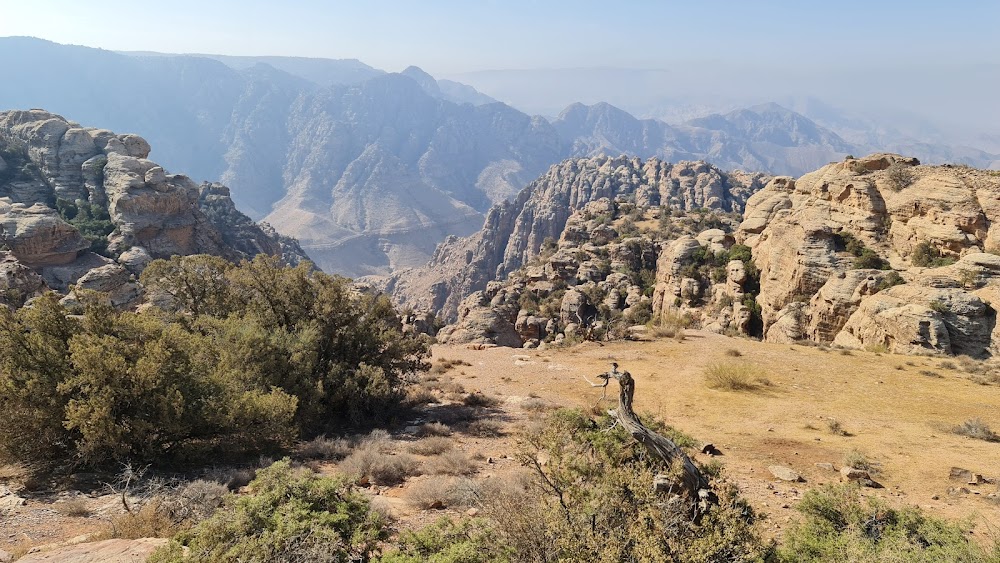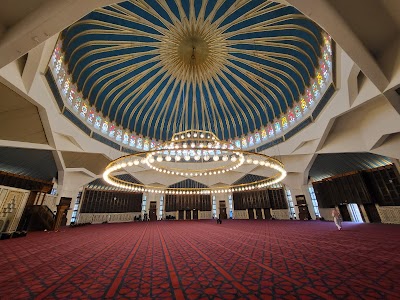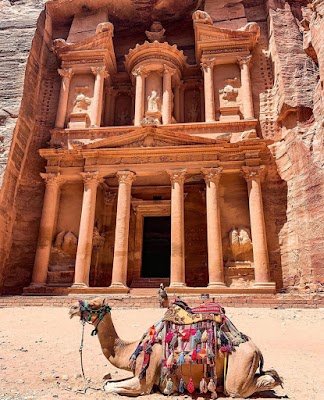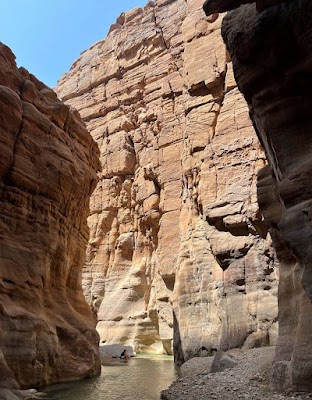Edh Dhra (الذراع)
Overview
**Bab edh-Dhra: A Glimpse into the Ancient World**
Bab edh-Dhra, located near the modern city of Tafilah in Jordan, is a captivating archaeological site intricately linked to the biblical cities of Sodom and Gomorrah. This remarkable location features a series of ancient ruins and cemeteries that offer profound insights into a civilization that once flourished in this region. Nestled on the southeastern shore of the Dead Sea, Bab edh-Dhra provides a tangible connection to the historical narratives of these enigmatic cities referenced in various religious texts.
Archaeological excavations at Bab edh-Dhra have revealed significant remains dating back to the Early Bronze Age, approximately 3300-2000 BCE. One of the site's most impressive features is its massive city wall, constructed from layers of mudbrick resting on stone foundations. This formidable barrier encircles the settlement, serving both as a defensive fortification and a testament to the urban planning of its ancient inhabitants.
The construction of the wall began with the careful selection of stones for its base, ensuring a stable foundation. Mudbricks were skillfully crafted by mixing mud, water, and straw, then shaped in wooden molds and dried under the sun. Once hardened, these bricks were stacked and bound with additional mud, creating a robust structure capable of withstanding intrusions and the harsh elements of the environment.
Inside these protective walls, archaeologists have unearthed a variety of structures, including residential homes, public buildings, and an extensive array of tombs. These findings highlight the architectural proficiency and meticulous planning demonstrated by the ancient residents. The homes typically featured simple rectangular designs with stone foundations and mudbrick walls, often topped with flat roofs constructed from wooden beams and reeds, which were then sealed with mud plaster to ensure waterproofing.
A particularly fascinating discovery is the complex of shaft tombs, which reveals the intricate burial customs of Bab edh-Dhra's inhabitants. These tombs housed numerous graves, indicating a society with elaborate funerary practices. Inside, skeletal remains, pottery, tools, and personal items were found, providing invaluable insights into the daily lives, social structures, and spiritual beliefs of this ancient civilization.
The pottery unearthed at Bab edh-Dhra includes beautifully crafted storage jars, bowls, and various containers, often adorned with intricate geometric patterns. These artifacts reflect a developed society that excelled in pottery-making, a crucial skill for both storage and everyday life.
One of the most compelling aspects of Bab edh-Dhra is the evidence of fire and destruction discovered within the layers of ash and burned materials. These findings suggest that the city may have faced catastrophic events, possibly echoing the biblical accounts of divine retribution. However, while these connections are intriguing, it is important to approach them with caution, as such discoveries do not provide definitive proof of the ancient narratives.
Additionally, notable features such as cisterns and underground water channels illustrate the advanced water management techniques employed by the city’s inhabitants—an essential innovation for sustaining life in the arid landscape surrounding the Dead Sea.
The strategic location of Bab edh-Dhra, in proximity to the Dead Sea and the fertile Jordan Valley, would have offered significant advantages for trade and agriculture. The saline environment has also preserved many organic remains, granting archaeologists a rare opportunity to study the diet and daily life of its people.
Thanks to the meticulous efforts of archaeologists over several decades, Bab edh-Dhra has emerged as a key site for understanding the cultural and historical contexts of ancient Jordan. This unique destination not only captivates those interested in biblical history but also offers a profound exploration of the lives of those who once called this remarkable place home.









